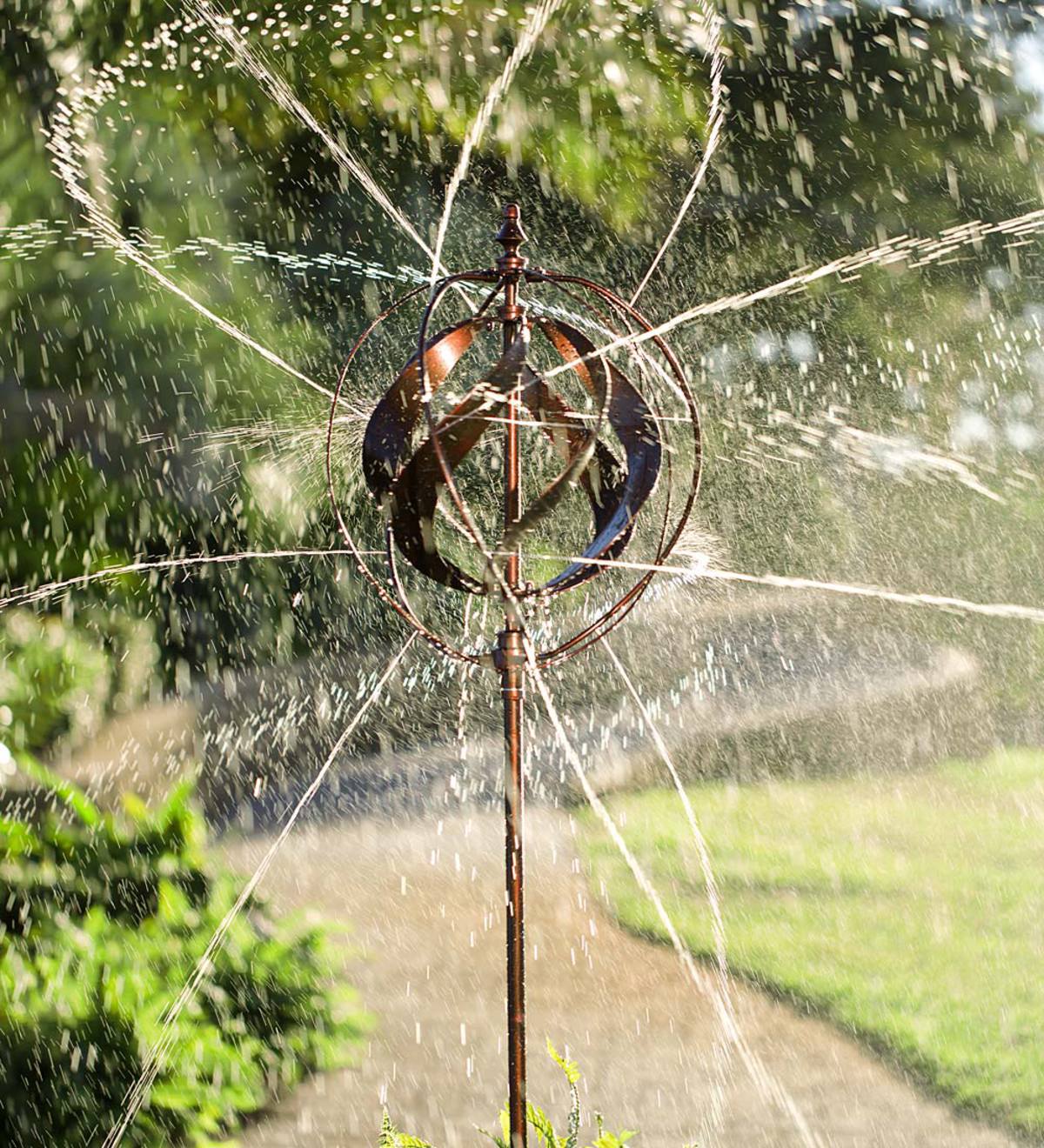Summer doesn’t officially start at the Garden Center until the Tropical’s are delivered!
Hibiscus, Gardenias, Palms and Bananas, the list goes on and on. You turn your patio into a Hawaiian paradise overflowing with color, texture and beautiful exotic aromas. But before you can say Mai Tai the fall chill creeps in and you wonder if there’s a way to protect your beautiful investment for next year.
Tropical’s can admittedly be tricky, and you won’t have overwintering success 100% of the time, but by following a few simple steps it’s well worth the effort to bring those beauties back for an appearance next year.
The first step to overwintering any plant indoors is to prepare them for the temperature change and evict any bugs that may have taken up residence in the plant or in the soil before you bring them into your home.
When temperatures are consistently in the 50’s, move your plants to a shady location. Inspect the soil by digging down a bit and look at the leaves as well as in crevices of the plant. If you discover any insects, begin treating the plant with an insecticidal soap or oil until all the bugs are gone. You can also place the entire pot into a bucket of water with a few drops of castile soap. This will kill any remaining bugs. Be sure to rinse the plant for several minutes in clean water to dilute any remaining soap.
There are a few different types of tender tropicals.
First are the trees like tropical’s that have woody stems or trunks such as Hibiscus, Gardenia, Duranta, Bougainvillea, Lantana, Bananas and Angels Trumpet. These plants should be overwintered using the dormant method.
- Prune the plant to a manageable size if needed, in most cases you can trim by 1/2-2/3 of the plant’s height.
- Cut bananas almost to the ground in their pot
- Force the plants dormancy by keeping it in a cool, dark place such as a garage or basement and reducing water until some leaves drop.
- Keep plants at a temperature of 40-45F degrees. Any warmer will encourage growth.
- Water only when the top 2-3” of soil is dry, with a small amount of water (not enough to run through).
- Do not fertilize the plants
- In spring repot and prune to shape if necessary.
- Feed with ½ strength fertilizer until leaves start to develop, then feed normally.
- When temperatures remain consistent in the 50’s and 60’s move the plant outside to a shady location and gradually increase the sun exposure as the plant completely leafs out. If this step is done too quickly the leaves may burn.
Soft Tropical’s such as Palms, Ferns and Dipladenia’s should be overwintered like a house plant.
- A South or West facing window is a must for these tropicals.
- Treat them just as you would a house plant. Water as the plant needs it but keeping it on the dry side and do not fertilize.
- Substantial leaf drop is completely normal so don’t panic!
- In spring, prune off any weak winter growth and put your plant back outside after danger of frost following the same gradual steps as you would for a tree like tropical.

